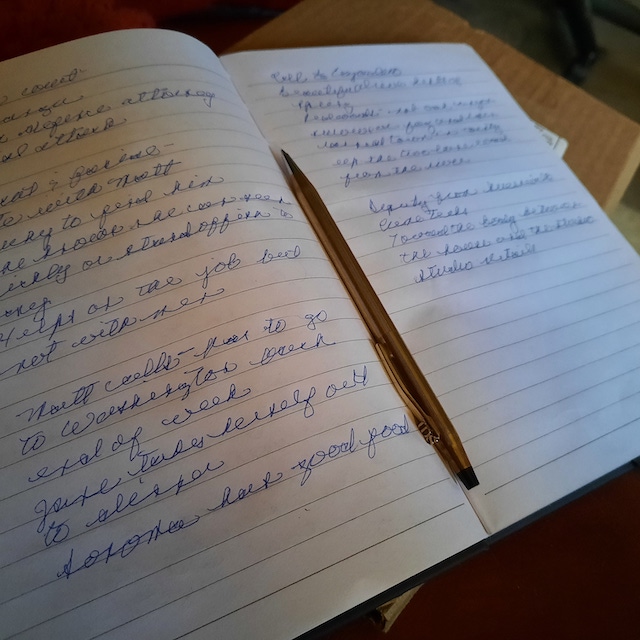How to Use Clues To Build Suspense in Your Mystery Novel

Mystery Puzzle Pieces with Power
Clues create questions in your reader’s mind. And that is their power. Your reader asks questions like:
- Is that significant?
- Should I remember this?
- How does that relate to the crime?
- Does it relate to the crime?
- Which one of these is the real clue?
Questions create anticipation and tension. Your reader wants to know how their questions will be answered? Or even if their questions will be answered.
Your job as a mystery writer when using clues is to raise those questions.
What is a Clue in a Mystery?
In a mystery story, a clue is anything that points the detective to the killer.
As a writer constructing your story, you have endless possibilities to plant and hide clues along your storyline. As you outline your plot, brainstorm ideas for what clues will lead your detective toward solving the puzzle.
Here are some ideas to get you started:
- Physical items the victim left behind – letters, notes, notebooks, a keepsake, tickets, ticket stubs, emails, text messages, etc.
- Dialogue with suspects – voicemail recordings, conversations with the detective, overheard conversations, dialogue with the detective’s opponent or love interest. Even hearsay and gossip can hide grains of truth that are clues.
- Background – cultural paradigms in the victim’s world that make sense within that world. When a victim is part of a specialized world, your detective may need to know about the world in order for pieces to make sense. Think Dick Francis and horse racing. But it could be anything from the gambling underworld to flower shows, or dog breeding, or sculling, or deep water diving, or spiritual cults, or… you get the idea.
Clues are anything the detective learns that point them toward resolving the mystery.
Elaborate on the Questions
Each clue your sleuth discovers in a mystery foreshadows the final revelation. But, the mystery writer has a challenge, how to plant the clues without giving away the villain before the end. You want to foreshadow without foreshadowing.
Each clue is a setup for revelation later in the story. All the while, if your reader remembers the clue, they wonder how it points to the villain. Rather than leave clues sitting, you can elaborate on the questions raised in your reader’s mind.
Just as you plant the clue as a potential setup, you can elaborate on clues by mentioning them again, but in a different light.
- Your sleuth compares the clue to other clues
- A suspect says they left the clue or left it somewhere else
- Your detective receives hard evidence that makes the clue seem like a red herring
- A clue that was present earlier in the story disappears
- A supporting character—sidekick, meteor, etc,—interprets the clue in a new way
- As new clues emerge, the original clue becomes part of a plan or pattern
Each time you elaborate on the clue’s significance, you raise new questions for your reader.
Questions Equal Suspense
If you drop a clue once you raise a question. But when you reintroduce the clue in a new light, you heighten suspension for the reader.
They may have forgotten about that clue you mentioned 100 pages ago. When you reintroduce it with a new interpretation, you create a new setup for your reader to ask more questions. Now, once again, your reader wants to know what significance the clue has in the mystery puzzle.
Too many clues in your mystery can confused your reader. If you build on a set of a few clues, but change their significance as the story continues, each clue has more power to pique your reader’s curiosity.
Build Your Multi-Layered Clues
As you create clues, think about the different ways each clue can be interpreted or misinterpreted. You’ll build reader suspense and keep them turning pages.
Photo by Sajad Baharvandi on Unsplash





